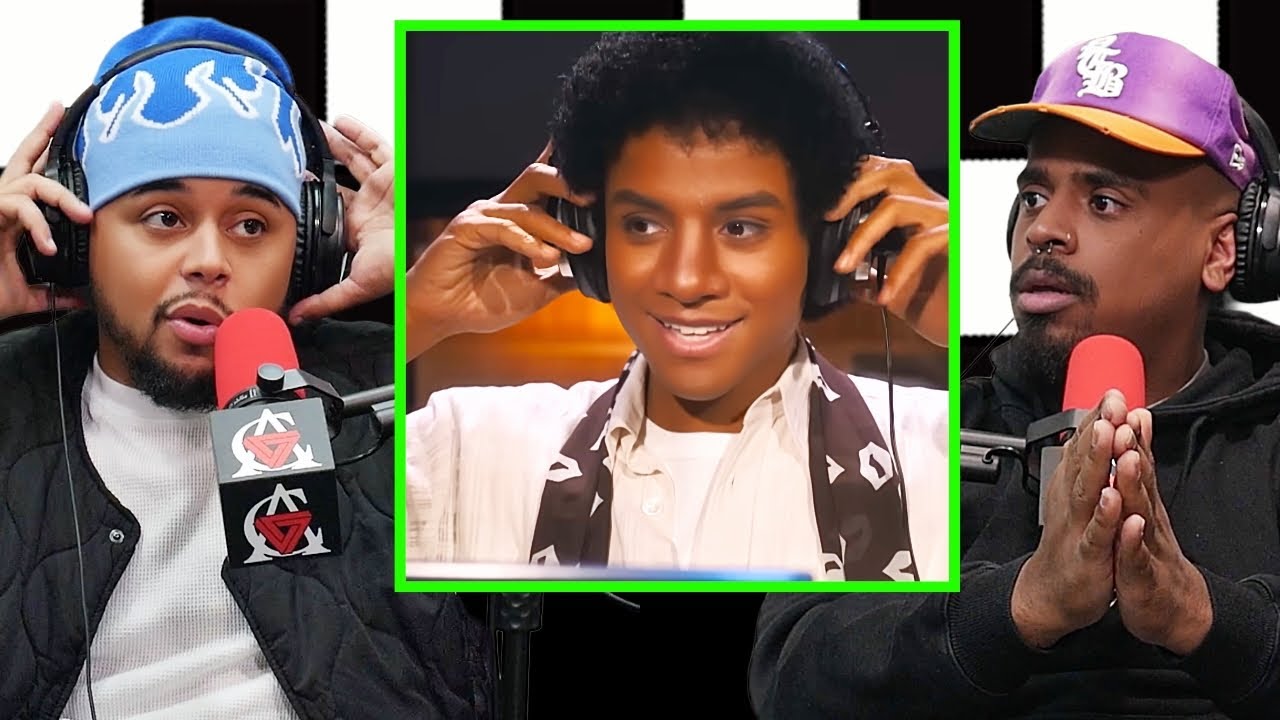In this episode, Jason Trimmins delves into the rich history of Worcester, Massachusetts, the state’s second-largest city, which often flies under the radar compared to more well-known cities like Boston or Springfield. Despite its historical significance and unique underworld, Worcester is frequently overlooked in discussions about crime and street organizations.
He narrates that Worcester, strategically located in Central Massachusetts, is known for its diverse geography and cultural identity. First settled in 1673, the city became an industrial powerhouse in the 19th century, fueled by the opening of the Blackstone Canal and railroads that connected it to Boston. This industrial boom led to innovations like the monkey wrench and the typewriter, both of which were created in Worcester. By the late 1800s and early 1900s, waves of immigrants flocked to the city for factory jobs, resulting in a population surge and the construction of triple-decker houses to house the growing workforce.
However, he reports that Worcester’s identity is not only shaped by its industrial past. The area known as Main South, in particular, has a long-standing reputation for drug-related activity and gang violence. Once a notorious hotspot for addicts, dealers, and gangs, Main South has seen efforts to revitalize the neighborhood in recent years. Despite improvements, the area’s reputation is still difficult to change. Kilby Street, once the dominant gang in the region, played a significant role in Worcester’s street culture, eventually surpassing the Latin Kings as the largest gang in the Worcester County Jail. While Kilby Street no longer holds control over the neighborhood, its members have expanded their reach, operating throughout Worcester.
In addition to Kilby Street, Jason Trimmins mentions that other gangs in Worcester include factions of the Vice Lords, such as the “Unknown Vice Lords” and “Insane Vice Lords,” as well as smaller local groups like the Lincoln Family and Eastern Abbes. The city also has ties to the Young Kilby Posse (YKP) and the God Bodies, linked to the 5% Nation. Many other smaller gangs, often associated with drug-dealing or street violence, continue to operate in various neighborhoods across Worcester, such as the Greendale Boys and DDP. Despite efforts to clean up the city, crime rose in 2020, though Worcester remains relatively safe considering its size.
He noted that Worcester’s underground culture also extends into the local music scene, with artists like Joyner Lucas emerging from the city. These artists often reflect the gritty realities of Worcester’s gang-affiliated neighborhoods in their work.
Trimmins also reflects on the challenges of sharing Worcester’s stories, noting that many people outside New England don’t truly understand the culture of Massachusetts. He encourages viewers to engage with the content by providing feedback and suggestions for future episodes. Trimmins acknowledges that his research into Worcester’s underworld was limited, and he apologizes for any potential inaccuracies. He thanks the growing audience for their support, wishes everyone a Happy Thanksgiving, and encourages viewers to make good choices, take care of their loved ones, and continue exploring the stories of New England.












